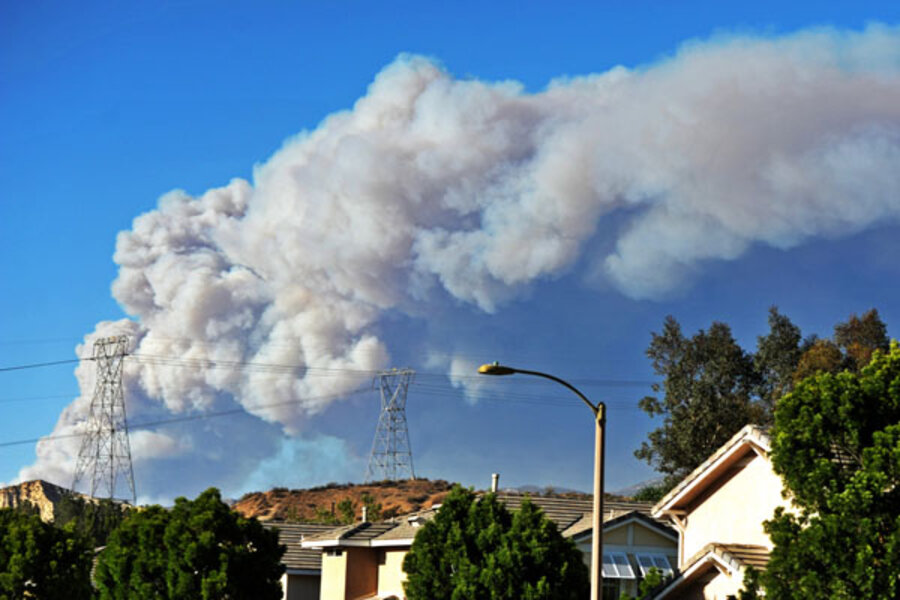When you smell smoke, it’s much too late to unreel your garden hose to water down the shingles of your cedar shake roof. If your home is among what the US Forest Service report describes as the “one-third of all housing units (homes, apartment houses, condominiums, etc.) in the coterminous United States” located within a mile of a forest or other fire-prone landscape, understand that wildfires are a natural, recurring part of your landscape – and therefore you need to take adequate precautions.
The Forest Service warns that precautions are needed more than ever because housing densities continue to increase in fire-risk areas. According to the Forest Service report, “Increases in the number, size, intensity, and duration of wildfires across large areas of the United States are being attributed in part of climate change.” Whatever the cause, the Forest Service reports that more and more Americans now live in “landscapes that are drier, less resilient, and more likely to burn once ignited.”





